
I moved to the Big Apple in August 2014, in a long-term relationship and knowing everything about everything. I had graduated from my university just four months prior and I was ready for new experiences far away from the only place I had ever lived, Florida. For much of my life, I had no issues with Florida. I had beaches at my disposal and warm weather 98.5% of the year. Hell, I’m from the place that rappers and singers mention in songs and where every professional athlete vacations: Miami. What’s not to love?
But as I went up in age, of course, so did my consciousness. Florida slowly dimmed into a place that no matter how familiar and fun, I could never see a life of inclusion with ALL parts of myself. The woman part, the black part, and the lesbian part (which I would later learn are called the “intersections”) seemed like they were just always going to be a problem there. My upbringing in South Florida was very racially diverse, however, when it came to sexual orientation and gender inequality, it was still very much “the South”.
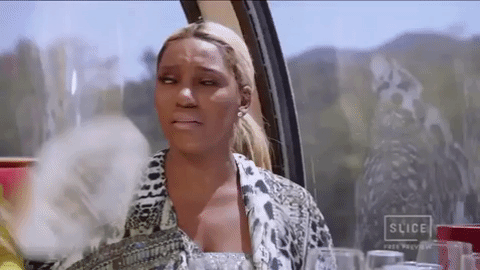
I experienced a lot of discrimination in my hometown, from being told that I couldn’t wear a rainbow bracelet when I was performing on-stage with the step team, to getting called “that colored girl” by a customer at my job, to later being called the N-word in college, again at work, by a customer walking away from my register while I was right in ear-shot. When I tried to find some solace through this, I attempted to join the gay-straight alliance during my freshman year at my university after being handed a flyer that promised diversity and inclusion. I showed up to an interest meeting only to find one person of color, just 3 women, and the remaining 20+ active members all white and majority male. Diverse and inclusive?
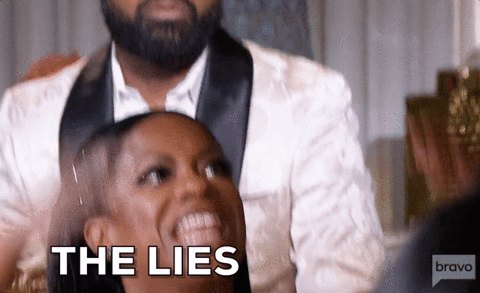
Even the gay nightlife in Tampa, FL was very odd and bleak at its best description. There was a club called “G Bar” that was super fun when my friends and I went, however, it was split into two halves. One half consisted of the Top 100 Pop Hits, so like Katy Perry and Miley Cyrus blasting. The other half you had Waka Flocka’s “No Hands”, Travis Porter’s “Make It Rain” and other bass-booming Tampa music like Famous Kid Brick’s “I’m On It”.
Despite the attempt and even the desire for the club to keep the two types of gays separate, of course, there was always spillover between the two rooms. But even that was super weird, in hindsight. My friends and I often drove to Orlando to gay and lesbian clubs like “Parliament House” and “Pulse Nightclub” to be cloaked in people of color living their best gay lives.
So, moving to New York City in 2014, in a state that had already legalized gay marriage back in 2011, there was the promise of a sense of representation, community, and belonging. I’ll be honest, I didn’t find it right away because I wasn’t actively looking to find it. My ex and I floated in and out of bars like “Henrietta Hudson” and “Cubby Hole” for about a year before we got tired of being the token black lesbians and my ex was definitely tired of being stereotyped as a drug dealer.
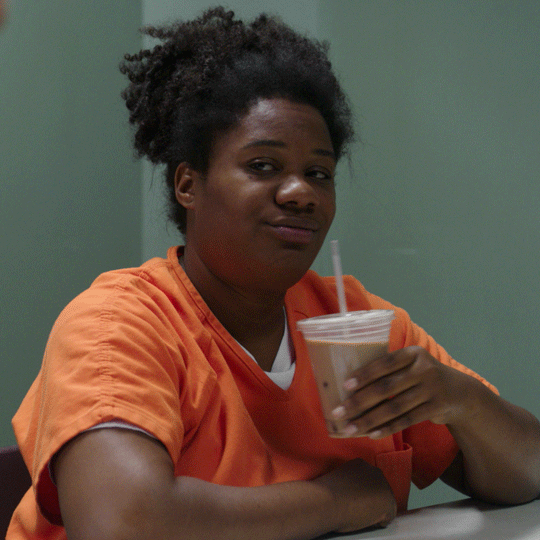
Finally, we had had enough and started doing the Instagram searches to find a different type of party to bring in 2016. We ended up coming across a club promoter named Cassie (@NYDreamGyrl on Instagram) who seemed to only post LGBT parties with *gasp* women of color on the flyers. I was super excited but saddened it took me so long to find her and the kind of party scene we had been longing for. We bought tickets to Cassie’s New Year’s Eve party and I was in awe. From the black, stud security guards to the single, black and brown femmes and queer couples everywhere, it felt like we were in the midst of a sane lesbian Willy Wonka Factory.
It was at that same party that someone came up to me and said that this was one of the best QPOC parties they’d been to all year. I looked confused and responded, “I thought this was Cassie’s party?” The girl laughed and said QPOC means “Queer People of Color”, an abbreviation I had never heard or seen anywhere.
Months later into 2016, my ex and I broke up and I wanted to get out and find more of what NYC had for QPOC’s. I did some more Insta-pedia and looked up the hashtag #QPOC and Aladdin’s “A Whole New World” played softly somewhere in the distance. After 20 minutes, I came across a girl’s page who mentioned that a group from the Meet Up app called “Lesbian & Bisexual Professional Women of Color” would be meeting for brunch that Saturday. I thought to myself, “Is this even real?” and quickly RSVP’d.
The brunch was incredible and the women were even more mesmerizing. There were black and Hispanic women from all edges of life – doctors, photographers, architects, entrepreneurs, bakers, and anything else you could imagine.
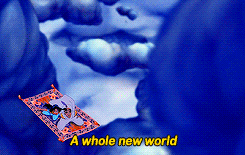
The professional and personality blends were awesome, but the truest gem was that it wasn’t some cesspool of exes and awkward tension. These were all hilarious, beautiful, open, and quirky women who were very much like me—wanting to find belonging.
Since then, my experiences in NYC’s QTWOC and QTPOC circles have expanded exponentially with collectives like “Brooklyn Boihood” (@Bklynboihood), which hosts and sponsors events during the popping ass summer months and “Joy A Day Party in Brooklyn”, which is a litty QTPOC collaboration dance party between “Brooklyn BoiHood” and DJ Rimarkable (@iamrimarkable). I couldn’t believe it, as I attended event after event, my eyes held back tears to the brown waves of people laughing and dancing without a care.
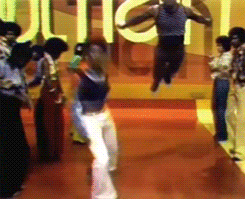
Best of all? I fit in. What I noticed at these parties is that I didn’t have to worry about being too femme, too verse, too androgynous, or even if my hair was super done-up. I could actually just be.
In Fall of 2017, I made the mistake of discovering “Queer Abstract”, an artist showcase created by Shannon Matesky (@smatesky) that brings QTPOC artists to the front in a way I have yet to see anywhere else. I say mistake because, for a while, I went to every single “Queer Abstract” like I was struck with a healthy obsession with being surrounded by people that look like me and, essentially, are me. But I didn’t feel bad for feeling this way because I spend 40 hours a week as a litigation paralegal in a prestigious law firm in Manhattan surrounded by a majority of straight, cis, and white individuals, so I prefer my extracurricular to be gay and black as fuck!
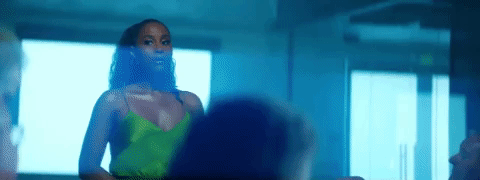
Earlier that year, I had started teaching myself the acoustic guitar and begin to plateau a bit. My first night attending “Queer Abstract”, I spoke to a queer acoustic guitar player who gave me the ultimate encouragement to keep learning and take it slow. They also offered some of the best YouTube tutorials that they used on their journey of self-teaching. She even offered to jam with me and teach me more of the techniques I was struggling with. It was that encouragement that gave me fresh eyes into challenging myself with my new hobby.
This really wasn’t supposed to be a shout-out piece, but I have now spent almost five years in New York City and the last three have made me feel more connected to this crazy city because of the courageous people who went and continue to go out of their way to make black and brown LGBTQ+ individuals feel seen. I moved here as a young black lesbian from the South who had never really felt like she connected to her surroundings. Now, not only do I feel connected, I know I belong.
Trae can be found on Instagram @issatrae.
Trae is an educated & ratchet litigation paralegal and writer living in Bushwick, Brooklyn. She’s a pending law school applicant who plans to use her voice to advocate for issues impacting women, black women and the LGBTQ+ community. Trae also writes current event articles, personal essays and conducts interviews for Lesbionyx, a blog for queer women of color.

